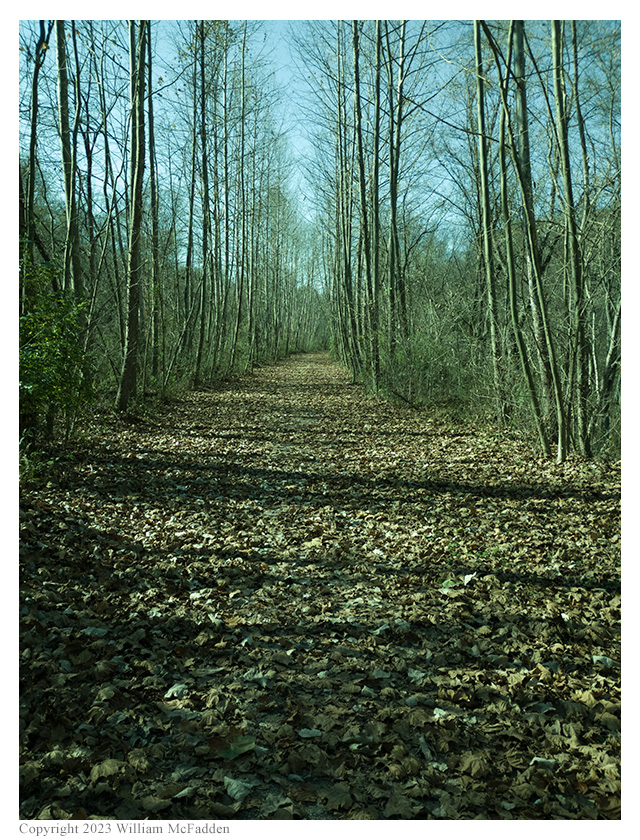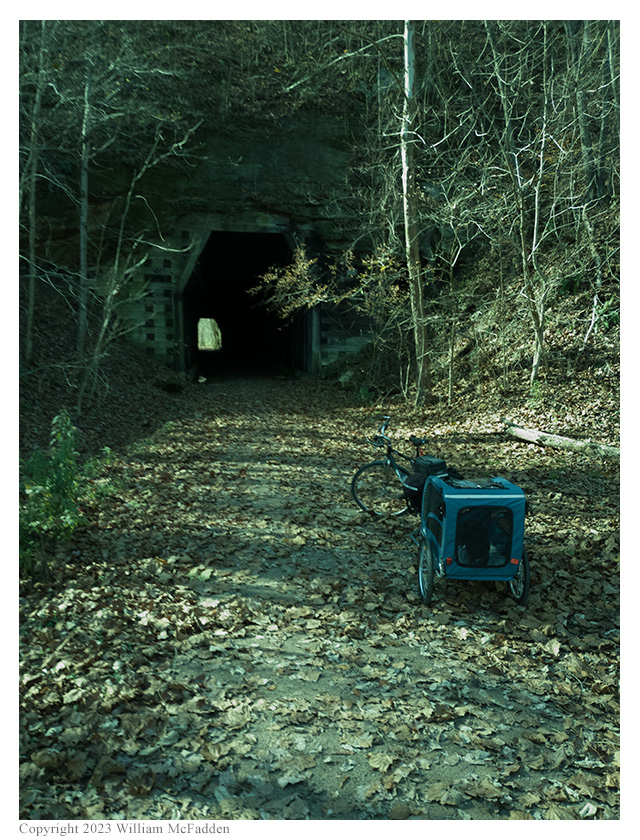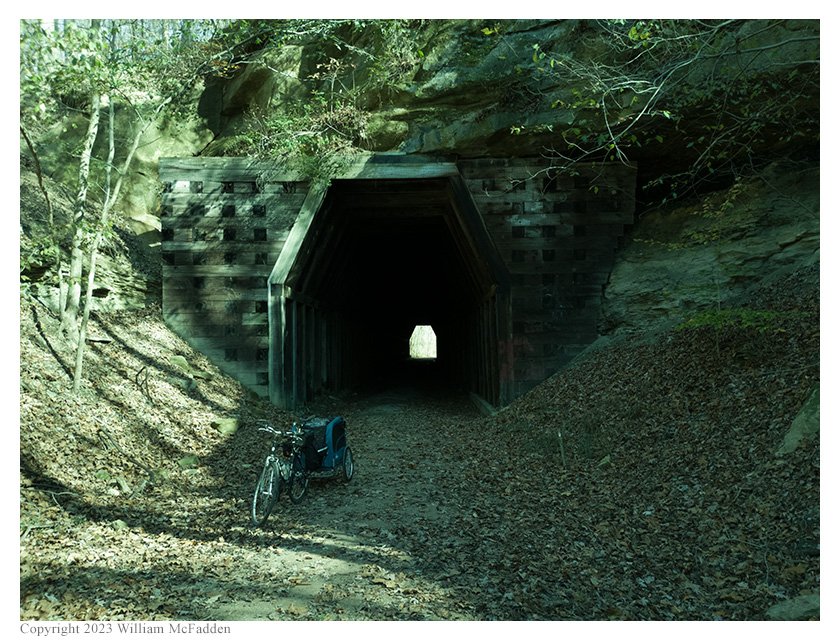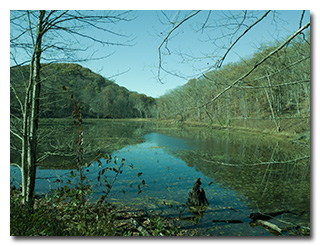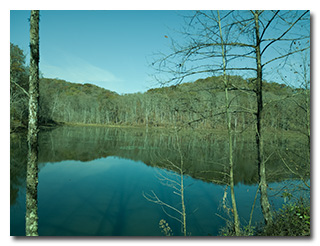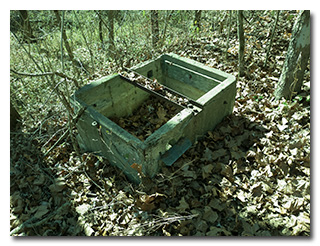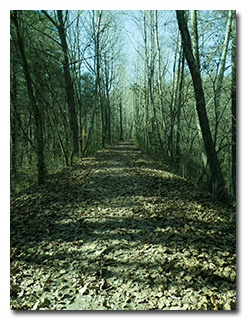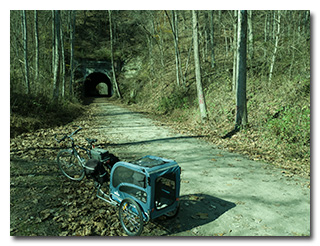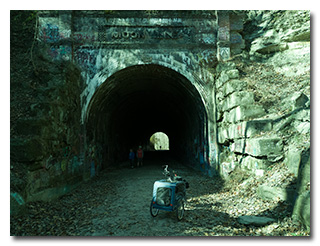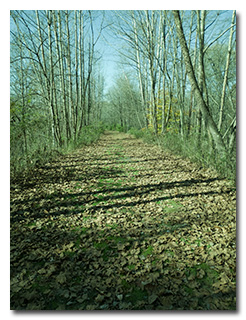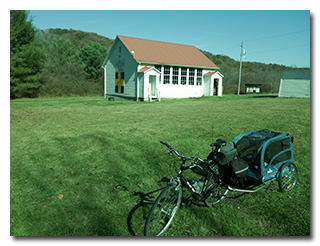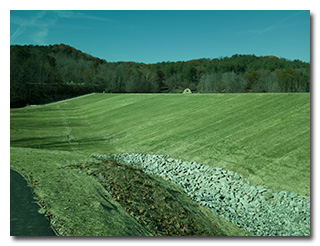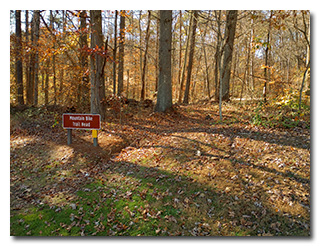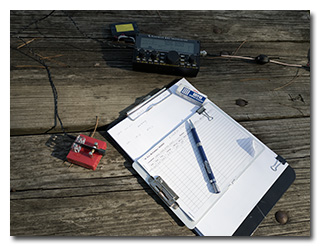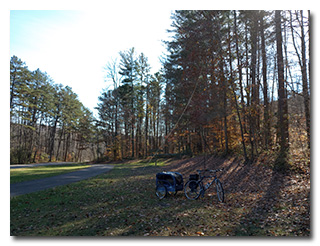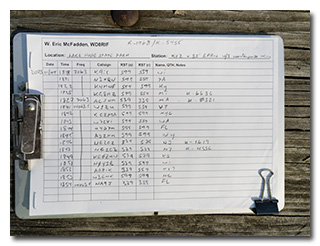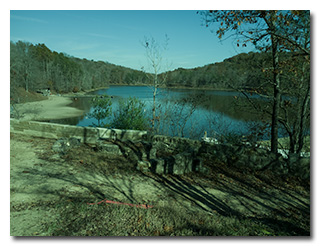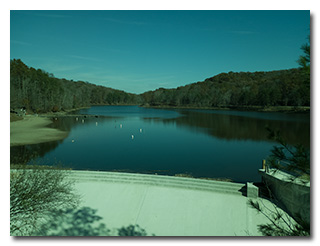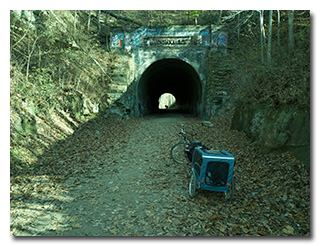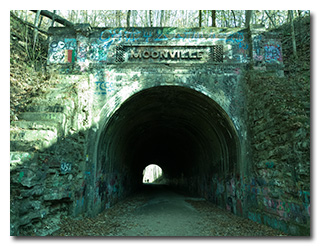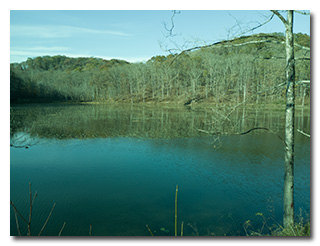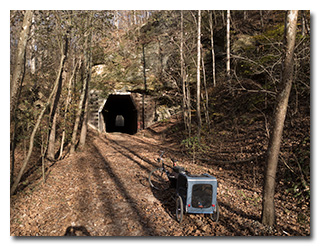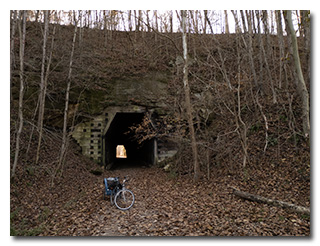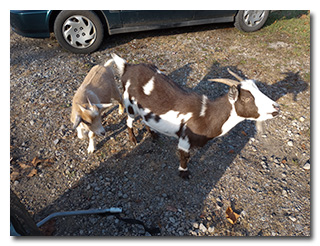From the Moonville Rail Trail website:
-
This 10-mile rail trail takes visitors through the beautiful woodlands of southeast Ohio, including Zaleski State Forest; the communities of Zaleski and Mineral; and the Lake Hope State Park wetland areas. The corridor holds water on both sides of the trail, creating a wetland area that is home to numerous species of flora and fauna.
Additional points of interest along this trail are two unique and historic tunnels. King’s Hollow Tunnel (also known as King Switch Tunnel) is a 120-foot structure carved through the rock and lined by a series of 12x12 wooden beams. The Moonville Tunnel is brick-lined and has a long history of train accidents, earning the tunnel a reputation for being haunted.
From the Lake Hope State Park website:
-
Lake Hope State Park offers a truly relaxing, yet rustic getaway from the high speed of modern life. The entire 2,983-acre park lies within the Zaleski State Forest in the valley of Big Sandy Run. The park's heavily forested region is marked by steep gorges and narrow ridges with remnants of abandoned mining and iron-producing industries.
The park surrounds the lake and boasts a wooded family campground and a variety of year-round cabins for families and gatherings of all sizes, including the roomy Laurel Lodge. No visit to the park is complete without a stop in the dining lodge for a hearty meal.
From the Zaleski State Forest website:
-
The 27,822-acre Zaleski State Forest is the second largest forest in Ohio's system of state forests.
Zaleski State Forest operates the only state-owned sawmill in Ohio. The mill produces rough sawn lumber for use by Ohio's state forests and state parks as well as other government agencies.
Historic Moonville Tunnel is located within Zaleski State Forest on the Moonville Rail Trail right-of-way.
Pictures
- Outbound, along the Moonville Rail Trail:
- Activating in Lake Hope State Park:
- Outbound, in Lake Hope State Park:
- Inbound, along the Moonville Rail Trail:
- Goats!
Description
On Saturday, November 4, 2023, one member of the Southeast Ohio Radio Adventure Team
performed a successful bicycle-portable two-fer activation of Lake Hope State Park and Zaleski State Forest
in Ohio as part of the Parks on the Air (POTA; link) program.
On a beautiful and warm early November afternoon, Eric McFadden, WD8RIF, rode the Moonville Rail Trail, on what
used to be the Marietta & Cincinnati Railroad (wikipedia article)
right-of-way, from the village of Mineral through Zaleski State Forest, diverting from the rail trail near Lake
Hope to ride to the Mountain Bike Trailhead overlooking Lake Hope within the state park, for the two-fer activation
of the state park and the state forest. Eric was carrying his KX2 Mini Travel Kit
on his bicycle and he was pulling his small dog, Theo, in a trailer.
Eric began his ride on the leaf-covered Moonville Rail Trail at 1654 UTC and soon encountered
the first landmark of the ride: the 120' long, timber-lined King's Hollow Tunnel.
Riding through the very dark tunnel and continuing west on the Moonville Rail Trail, Eric soon came to a succession of
ponds. Rumor has it that a pair of nesting eagles fish in these ponds, but Eric has yet to see them.
Continuing west on the rail trail, and now well inside the Zaleski State Forest, Eric soon came upon the
brick-lined Moonville Tunnel (info).
After passing through Moonville Tunnel, Eric was forced to divert from the Moonville Rail Trail and follow a gravel
road before re-joining the Moonville Rail Trail about a mile further on. (When CSX abondoned the rail line, they
took everything: rails, ties, ballast, and complete bridges. Two bridges west of Moonville Tunnel on the Moonville
Rail Trail have yet to be re-installed.) Eric's (relatively) new Narrow Knobbies were reassuring on the forestry road
but he wasn't sure that Theo in the trailer enjoyed the rough ride on the gravel road.
Continuing west-bound, the Moonville Rail Trail was almost 100% leaf-covered.
Leaving the Moonville Rail Trail, Eric rode a short distance on Wheelabout Road to the historic Hope Schoolhouse (info)
and then continued his ride to the Lake Hope State Park entrance on SR278.
Not wanting to pull the dog trailer up the long hill to Keeton Cemetery or beyond to Grouse Point—locations
that Eric knows have reliable cell-signal—Eric decided to set up his station nearer Lake Hope, at a location that
Eric knew probably wouldn't have available cell-signal. He was able to consider doing this because he had previously
announced his activation on POTA Spots, in the hope that he would be auto-spotted on POTA Spots as soon as he
started calling "CQ".
Eric's ride from Mineral to Lake Hope State Park:
Eric chose as his operating location a picnic table at the Mountain Bike Trailhead area overlooking Lake Hope.
It was at this point that Eric discovered that he did, in fact, appear to have just enough cell-signal to alert
his buddies K8RAT and K4SWL that he was within minutes of beginning his activation. (Unfortunately, this text was
the last text Eric succeeded in transmitting from within Lake Hope State Park.) Without strong cell signal, Eric
would not be able to spot himself on POTA Spots, nor would be be able to use POTA Spots to identify possible
park-to-park (P2P) QSO opportunities.
Eric set up his Elecraft KX2 on the picnic table and deployed his Tufteln (link)
35' end-fed random wire antenna as a sloper, with the top of the 35' wire supported on his Goture Red Fox Super
Hard 720 carbon-fiber mast bungeed to his bicycle, and three 17' counterpoise wires arrayed more-or-less
symmetrically on the ground. Eric was on the air about 1814 UTC.
Eric began his operations on 40m by finding himself a frequency to run and calling "CQ POTA". Almost immediately,
his KX2 beeped and displayed the low-battery warning, and Eric had to connect his second KXBT2 battery as an
external battery. Eric appeared to have been auto-spotted on POTA Spots, and his first QSO came at 1818 UTC
with reliable POTA Hunter K9IS in Wisconsin. QSOs came steadily, with Eric's fifth QSO coming at 1827 UTC. This
run included a short break so freelance therapy dog Theo could provide some love to some passing hikers, a P2P QSO
with KG8HZ at K-6636 Brownstown Prairie State Wildlife Area (K-6636) in Michigan, a P2P QSO with AC1NM at Great
Meadows National Wildlife Refuge (K-0321) in Massachusetts, and QSOs with operators located in Wisconsin, Pennsylvania,
Kentucky, Michigan, and Massachusetts.
Switching to 20m, Eric found a frequency to run and began calling CQ. Again, he was auto-spotted on POTA Spots,
and his first QSO in this run came at 1841 UTC with W1ZU in Vermont. QSOs came quickly, with his twelfth QSO in
this run coming at 1854 UTC with NA9J in Florida. This run included a two-fer P2P QSO with NE2CZ at High Point
State Park (K-1619) and Appalachian Trail National Scenic Trail (K-4556) in New Jersey and QSOs with operators
located in Vermont, New York (2), Washington, Florida (2), New Jersey (2), Kansas, Wisconsin, Michigan, and
North Carolina.
In all, Eric logged seventeen QSOs, with four P2P QSOs. All of Eric's QSOs were CW and were made at 5 watts output.
Eric took some photos, tore down his station, and re-packed his bicycle for the ride back to Mineral.
The ride back toward Mineral started with a second stop at the Hope Schoolhouse to take advantage of the available
facilities and then continued east on the Moonville Rail Trail.
Eric's ride from Lake Hope State Park to Mineral:
Back at the car in Mineral, while Eric was unloading his bicycle and dog-trailer, he and Theo were visited
by a pair of goats.
In all, Eric rode almost 14 miles, nearly all which were on gravel and a carpet of fallen leaves, while carrying
a complete HF station and pulling a dog in a trailer, in a bit under two hours of riding. He continues to be pleased
with the performance of his (relatively) new Narrow Knobby tires on the gravel. Eric was very pleased with how
well the KX2 Mini Travel Kit rode on the bicycle over the sometimes-bumpy route.
Eric also submitted his log to the World Wide Flora and Fauna in Amateur Radio (WWFF; link)
program for an activation of Lake Hope State Park, KFF-1968.
(return)

